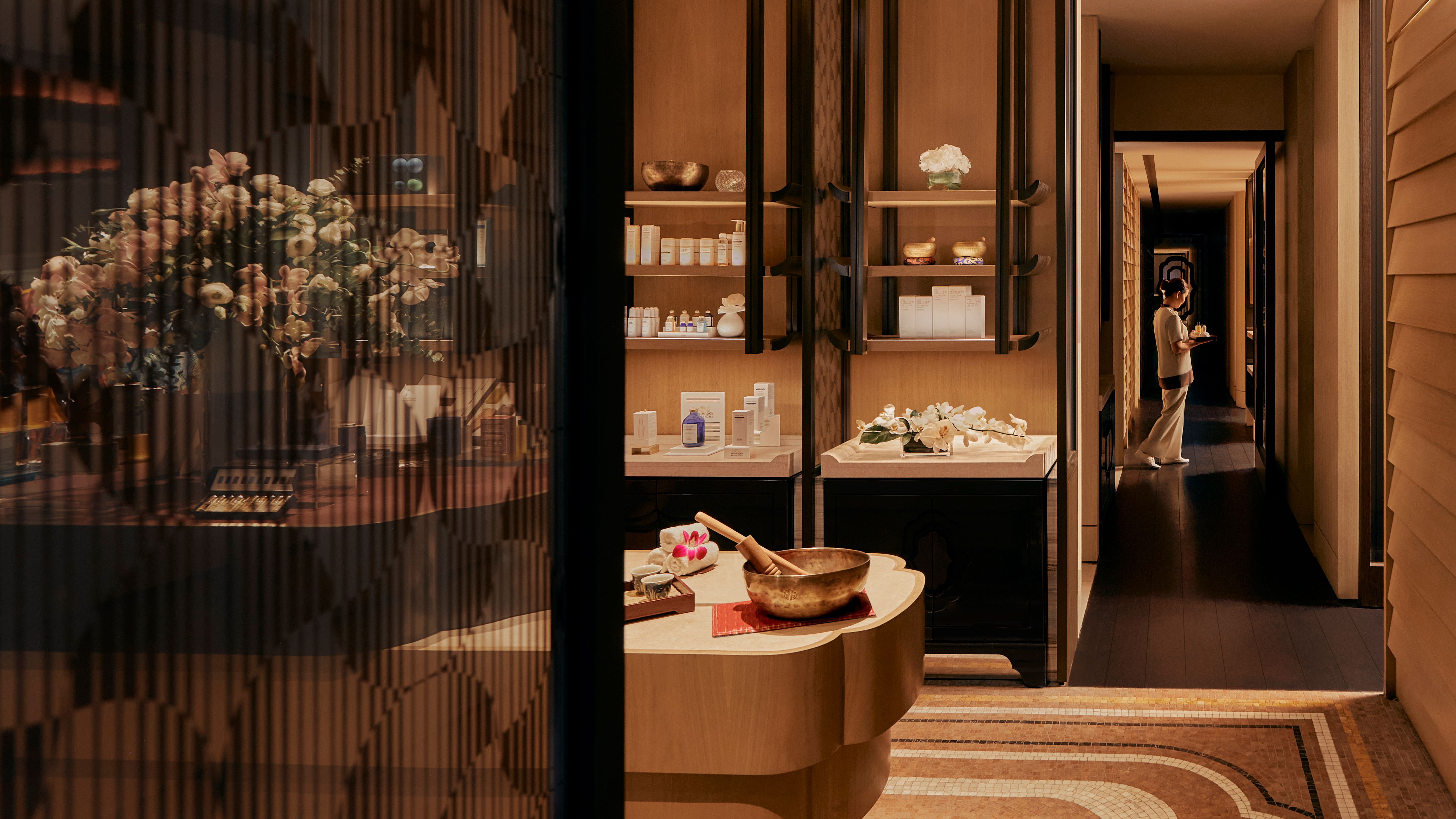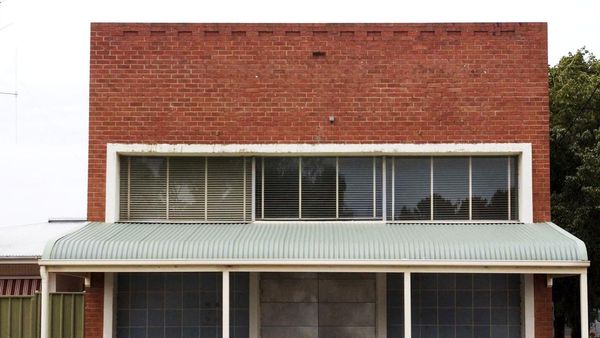
As Mandarin Oriental Singapore reopens its doors, it forms part of an iconic seaside context – when it comes to cityscapes, there are few as recognisable as Marina Bay, the downtown area built on 360 hectares of reclaimed land. Today the district is defined by striking silhouettes such as the Moshe Safdie-designed Marina Bay Sands, its three 194m sloping towers dramatically linked at the top by the expansive SkyPark, the Lotus-inspired ArtScience museum – also designed by Safdie – and the Esplanade Theatres, nicknamed the ‘durian’ buildings for their resemblance to the fruit’s curved, spiky outer shell.
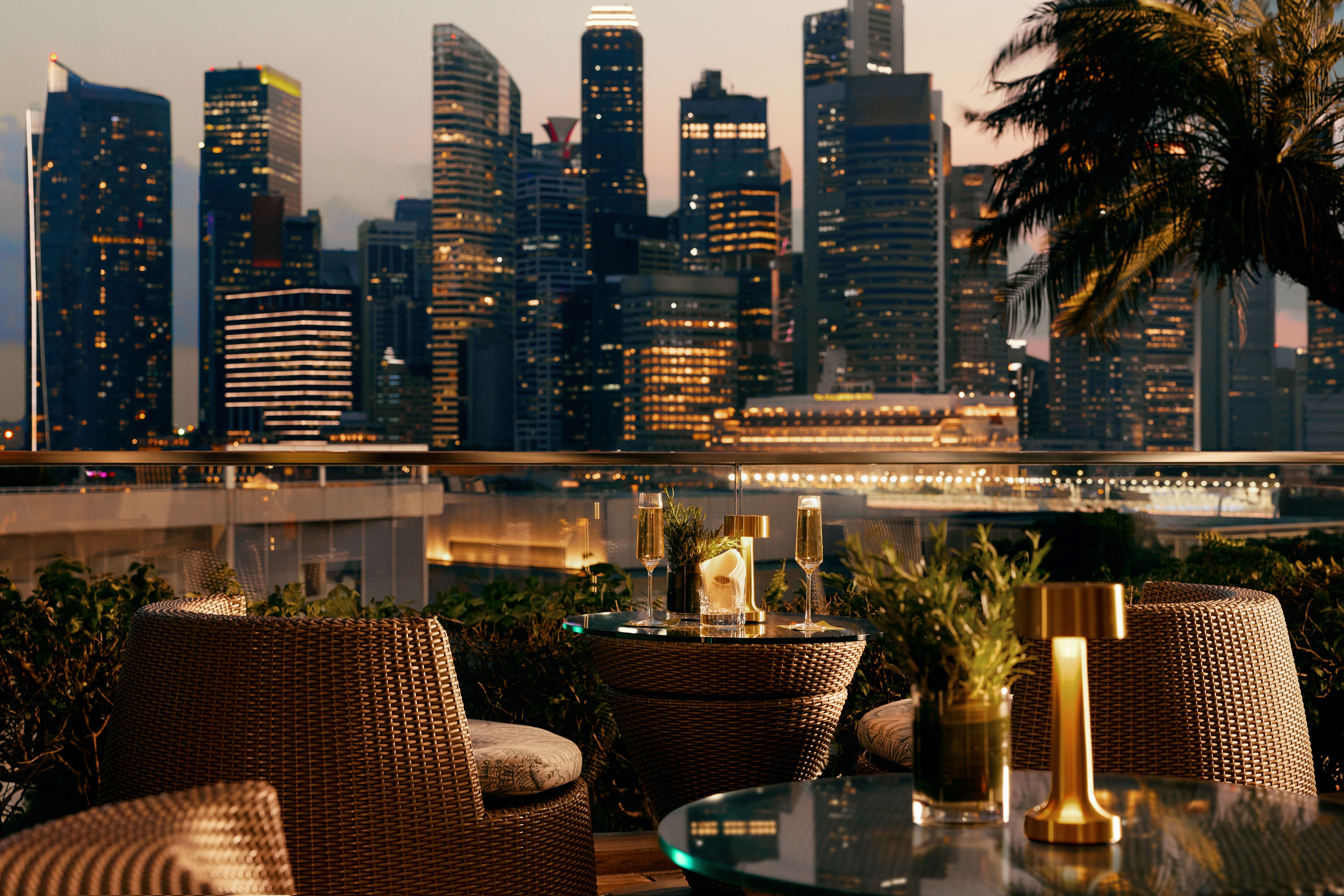
Mandarin Oriental Singapore: the history
But back in the 1980s, it was late American architect John Portman who first set the bar with his neo-futuristic designs for Marina Mandarin (now Parkroyal Collection Marina Bay) and Mandarin Oriental, both of which share no-frills concrete exteriors and signature, soaring light-filled atriums inside.
For the latter, Portman celebrated the Mandarin Oriental group’s fan logo by creating a central court using the shape of a quadrant of a circle with a sizable base that gently tapers inwards towards the ceiling.

Now, as part of the hotel’s six-month overhaul by Kuala Lumpur-based practice DesignWilkes, this iconic atrium has been appropriately highlighted with the designers cladding it in clay – a reference to Singapore’s roof tiles – that lightens in a gradient effect as it climbs higher. 'Singapore was the main source of inspiration for my design,’ explains Jeffrey A Wilkes, the firm’s principal. 'I wanted to use colours, textures and a sense of the tropics.’

Indeed, in following the brief to ‘rejuvenate, refresh, and create spaces for socialising’, Wilkes has transformed the hotel into an explosion of colour, florals and greenery that nods to the hotel’s tropical location.
The lobby is now a lively gathering spot, home to the vibrant Mandarin Cake Shop with a playful pastel palette that mirrors the sweet treats on offer, while behind the reception desk, a specially commissioned mural, by artists Keng Wai Lee and Marco Araldi, pays homage to the Nyonya and Baba heritage with its fresh use of colours representing tropical flowers and greenery.

Elsewhere, the hotel’s plethora of drinking and dining spaces have also been refreshed. This includes Embu, the international all-day restaurant, which takes its cues from the Tembusu (one of Singapore’s heritage trees) with stylised timber frames that reference the tree’s distinct perpendicular branching.

In MO Bar, cocktails such as ‘Reclaimed Slings’ – a futuristic version of the classic cocktail synonymous with Singapore – are served in a cosy low-lit dark blue and ruby red space that Wilkes layered with rich velvets, leathers and linen alongside retro lamps and colonial cabinets.
Meanwhile, the hotel has smartly teamed up with Mandala Club, a local private members’ club, to curate its executive lounge. Accessible to members of Mandala, the rejuvenated space is now a floral oasis in shades of green, with a dedicated wine cellar and a library.
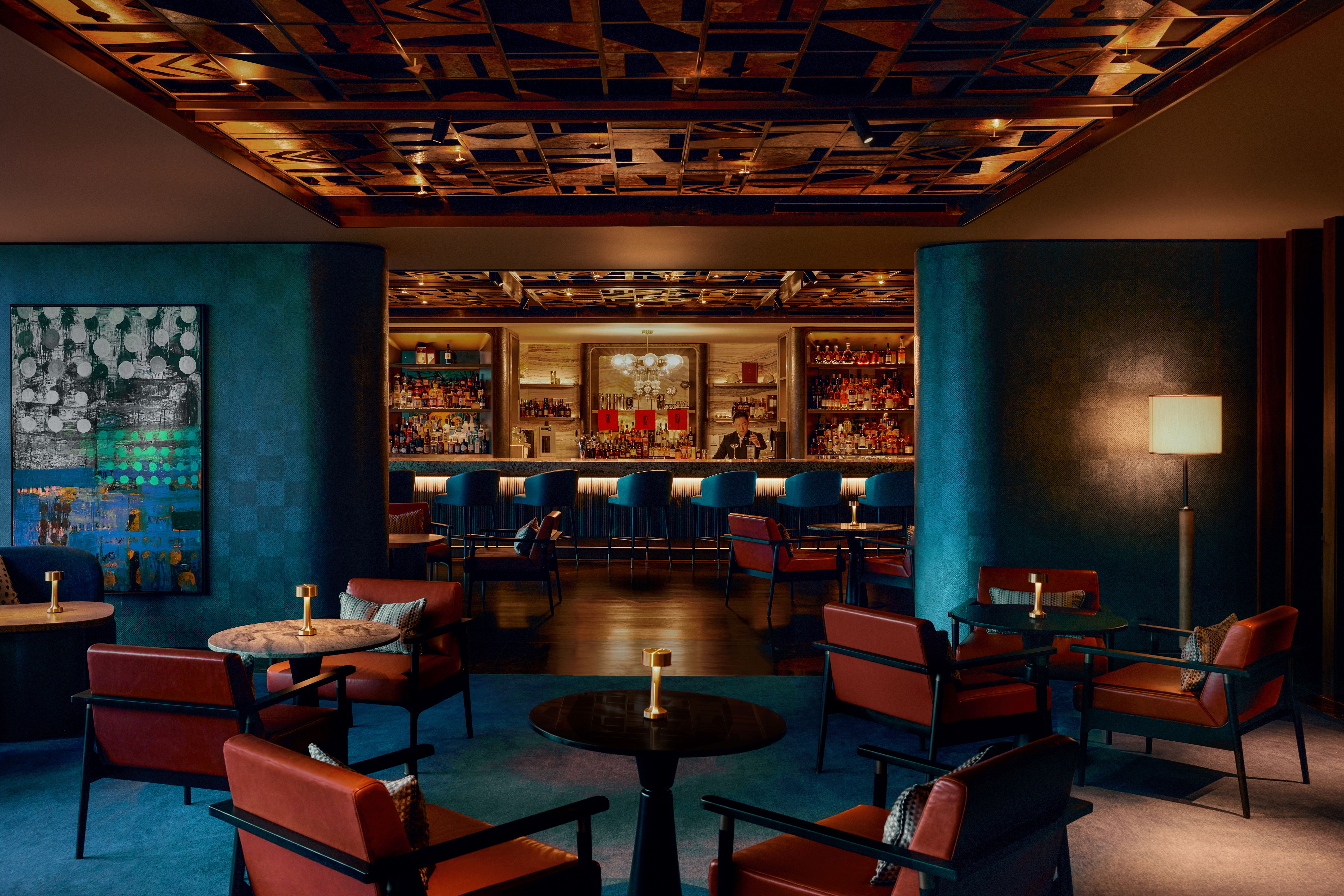
The hotel’s newly embraced colour scheme is most evident in each of the guest rooms, with each category a different shade that represents Singapore. The Marina Bay View Room, for example, is revealed through blue tones inspired by the dappled steely blue waters of the bay, while the magenta suites take their cues from the orchid, Singapore’s national flower.
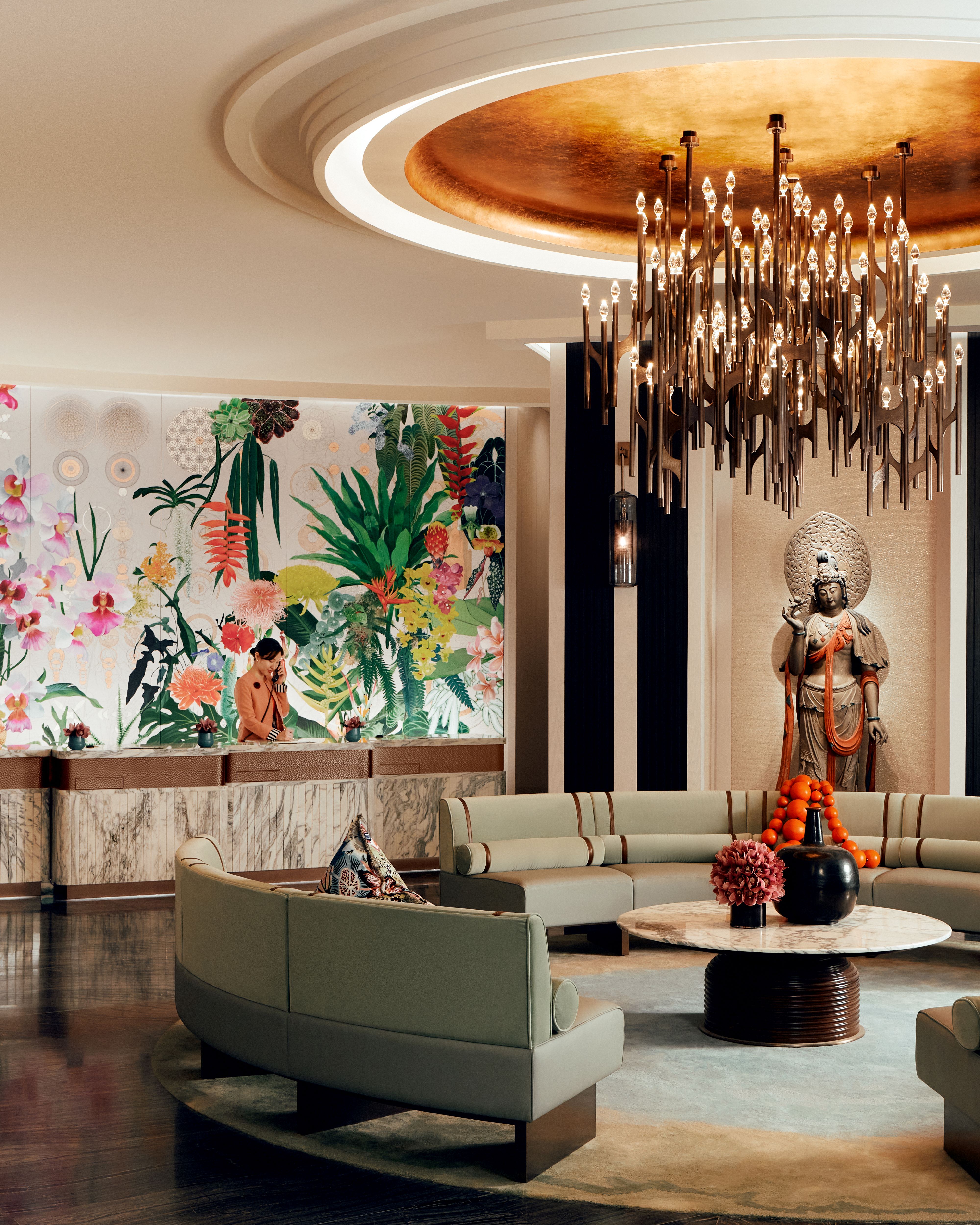
These colours serve as a base for floor-to-ceiling windows that frame those iconic views, as well as thoughtful details such as dappled batik patterns, chinoiserie branches climbing the walls, and palm shadows underfoot. ‘The Mandarin Oriental brand is an elegant balance of contemporary sophistication and a sense of belonging,’ says Wilkes. ‘We did not shy away from our tropical location, we embraced it with colour, with florals, with greenery.’
